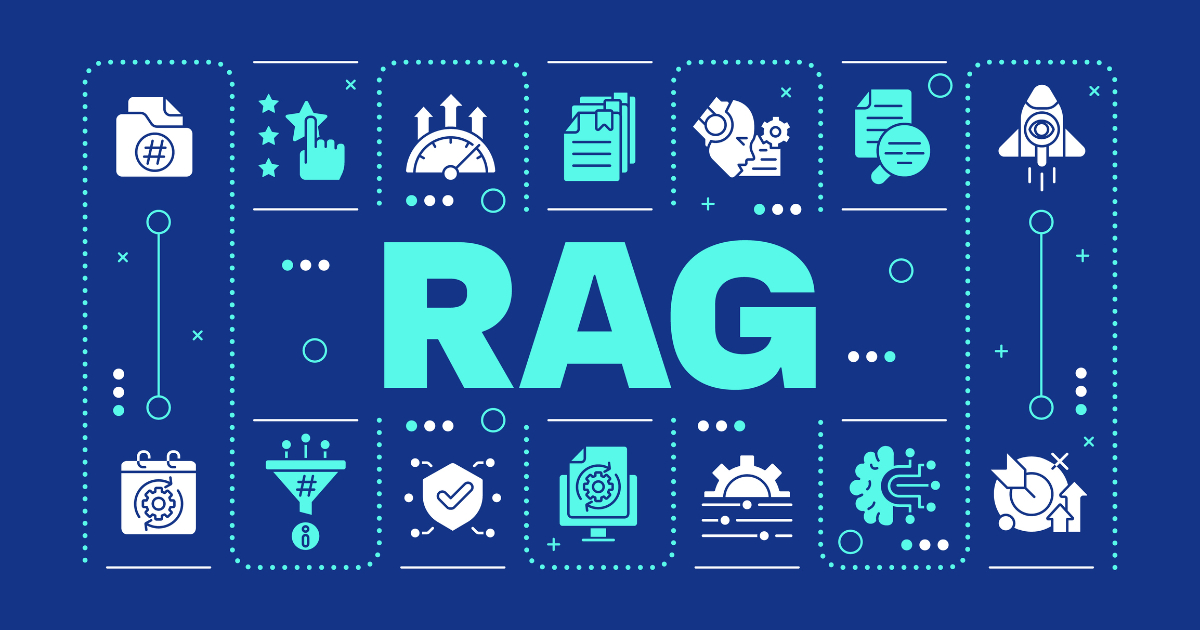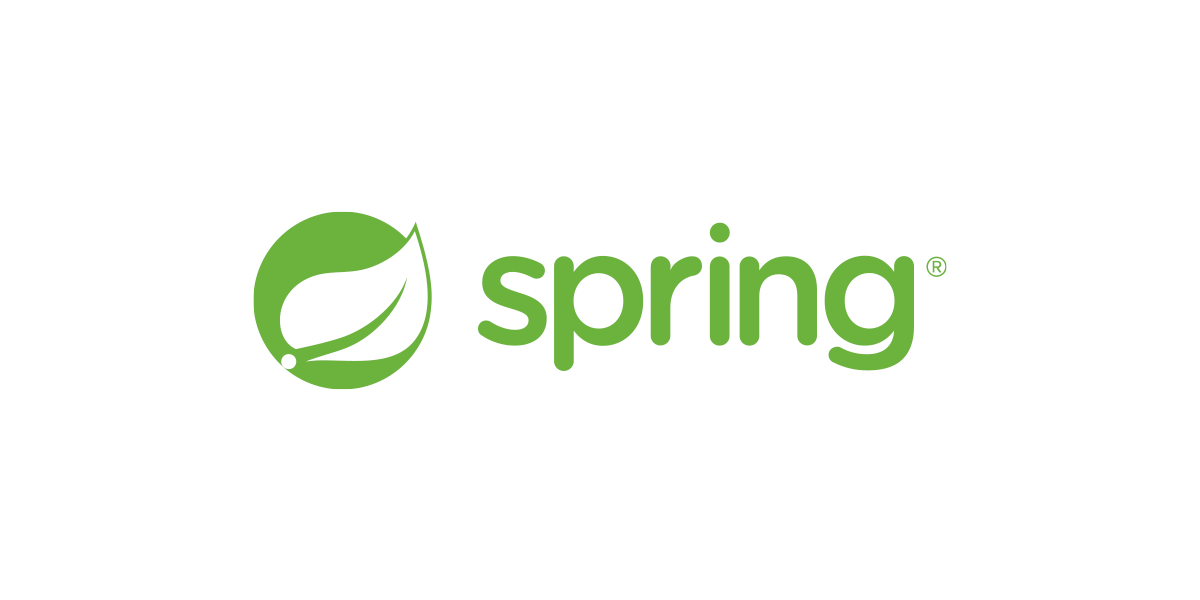标签
mongodb
相关的文章:探索 MongoDB 在各行业中的应用与创新,包括实时数据处理、社区支持及云服务解决方案,助力企业提升效率与安全性。
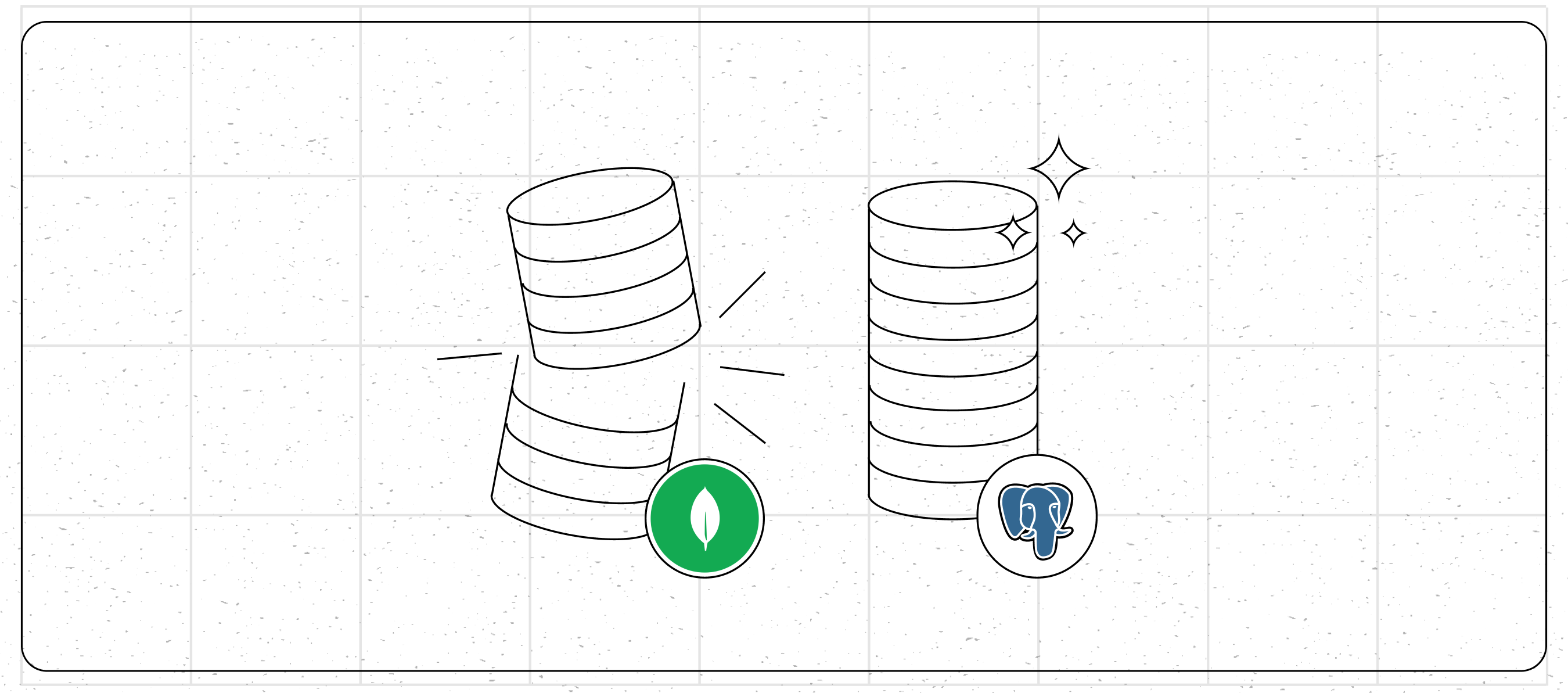
Timescale Blog ·

freeCodeCamp.org ·
MongoDB 是一种灵活且高可扩展的 NoSQL 数据库,广泛用于大数据和实时开发,Linux 是其主要部署平台。本文将详细介绍 MongoDB 在 Linux 上的安装、操作、管理、安全性、性能优化及故障排查,旨在帮助开发者和运维人员构建高效服务。
极客技术博客’s Blog ·
MongoDB 是一种流行的开源文档数据库,适合处理非结构化数据,支持动态模式。本文介绍了在 Linux 系统中安装和配置 MongoDB 的完整流程及最佳实践,帮助开发者快速上手。
极客技术博客’s Blog ·
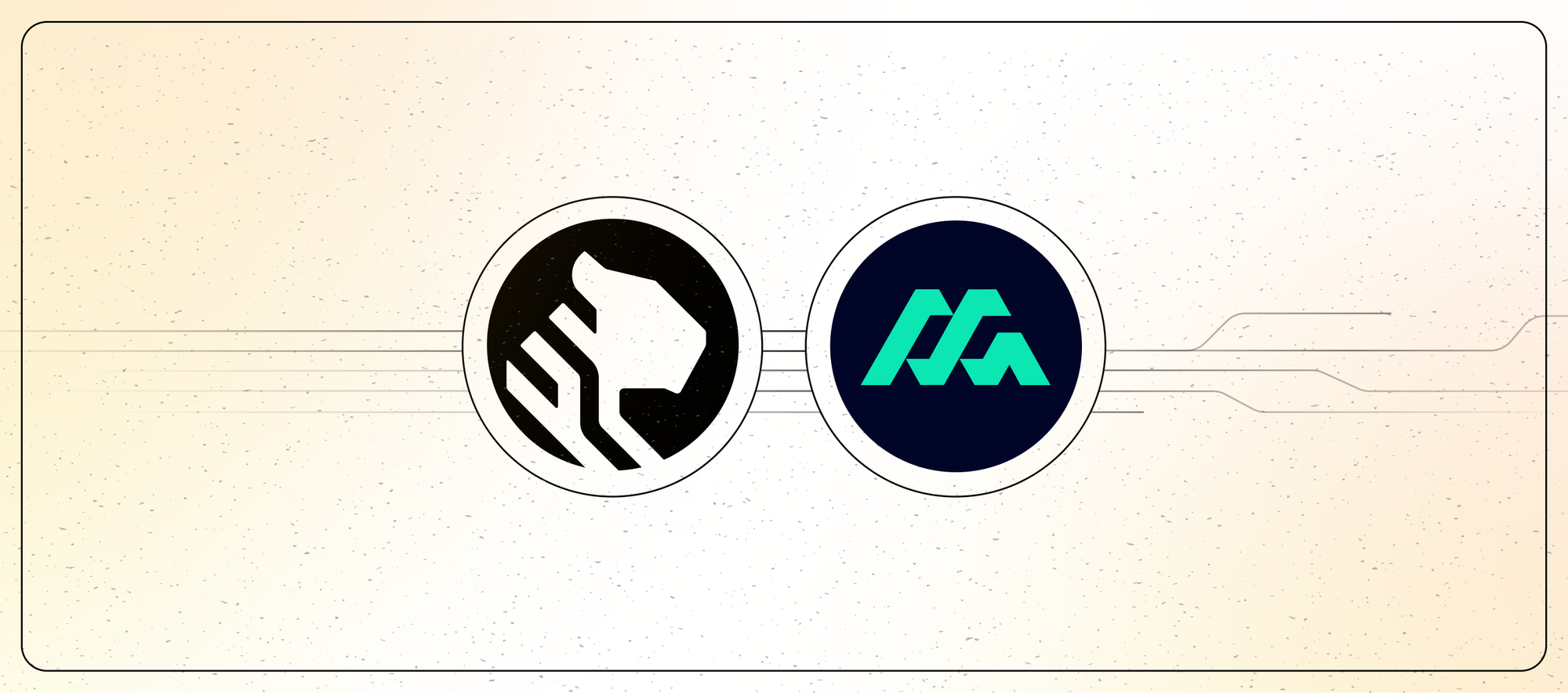
Timescale Blog ·
Dev Ittycheria, President and Chief Executive Officer, shared the following message with MongoDB employees this morning. This is the hardest email I have ever had to write to all of you. If you...
MongoDB ·
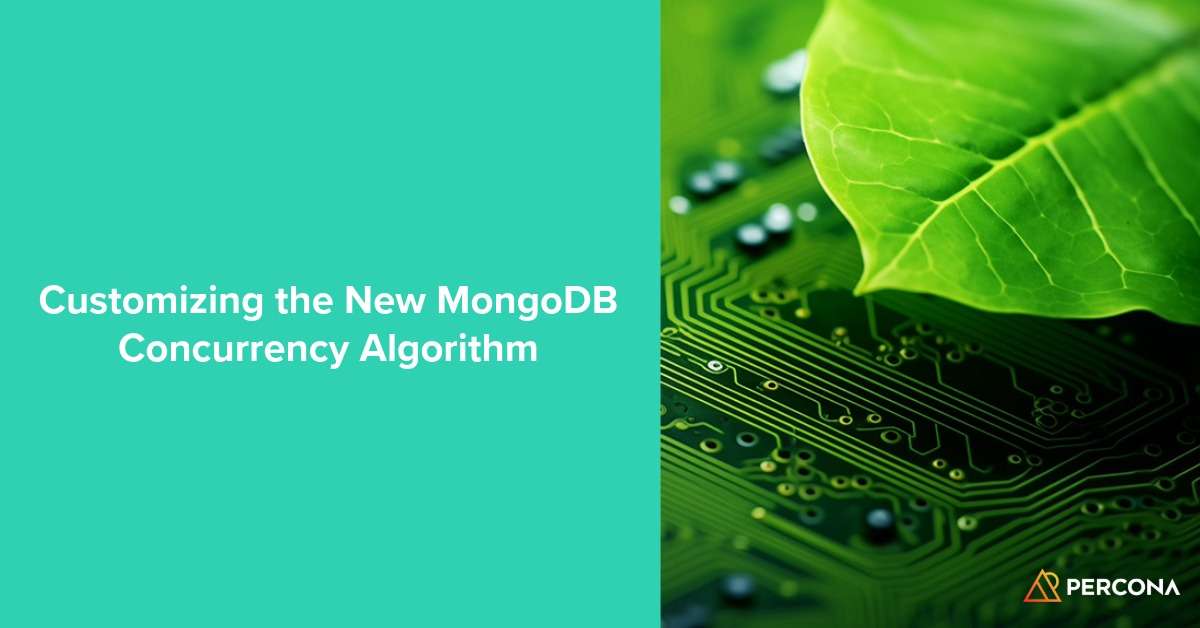
Percona Database Performance Blog ·
-xawntz9wfb.png)
MongoDB ·

MongoDB ·
-46xdru1vek.png)
MongoDB ·
-h6kpahr3pp.png)
MongoDB ·

freeCodeCamp.org ·
-022goswcvv.png)
MongoDB ·
-z64c6rqt2j.png)
MongoDB ·
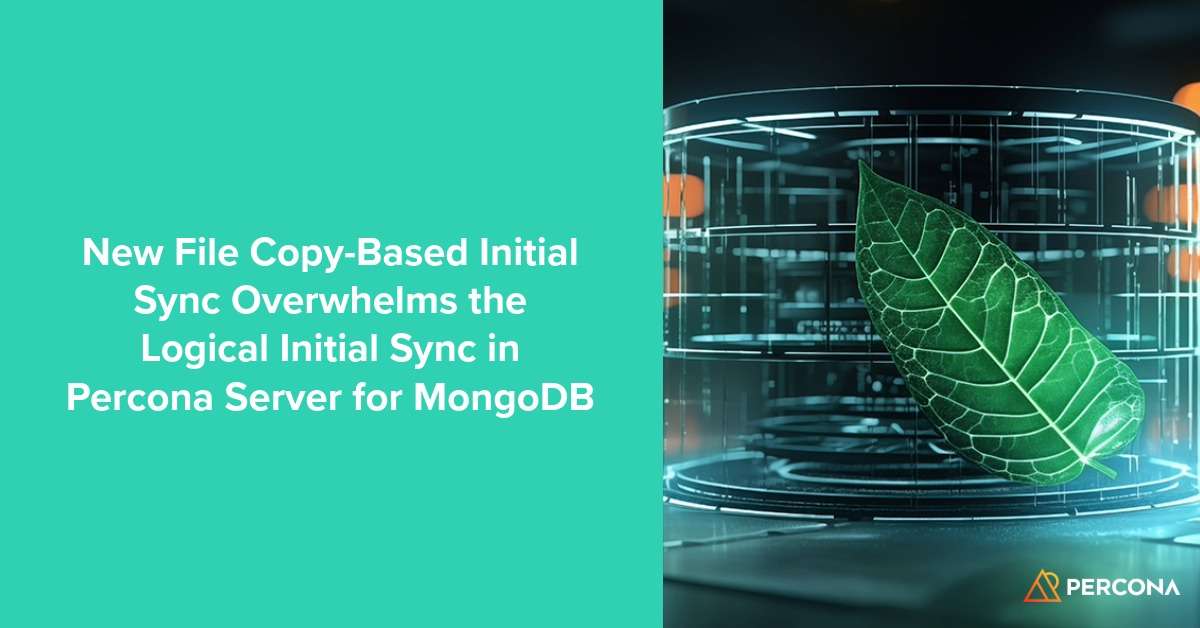
Percona Database Performance Blog ·
-tqa248m8jh.png)
MongoDB ·
-63i1sq8c9a.png)
MongoDB ·

